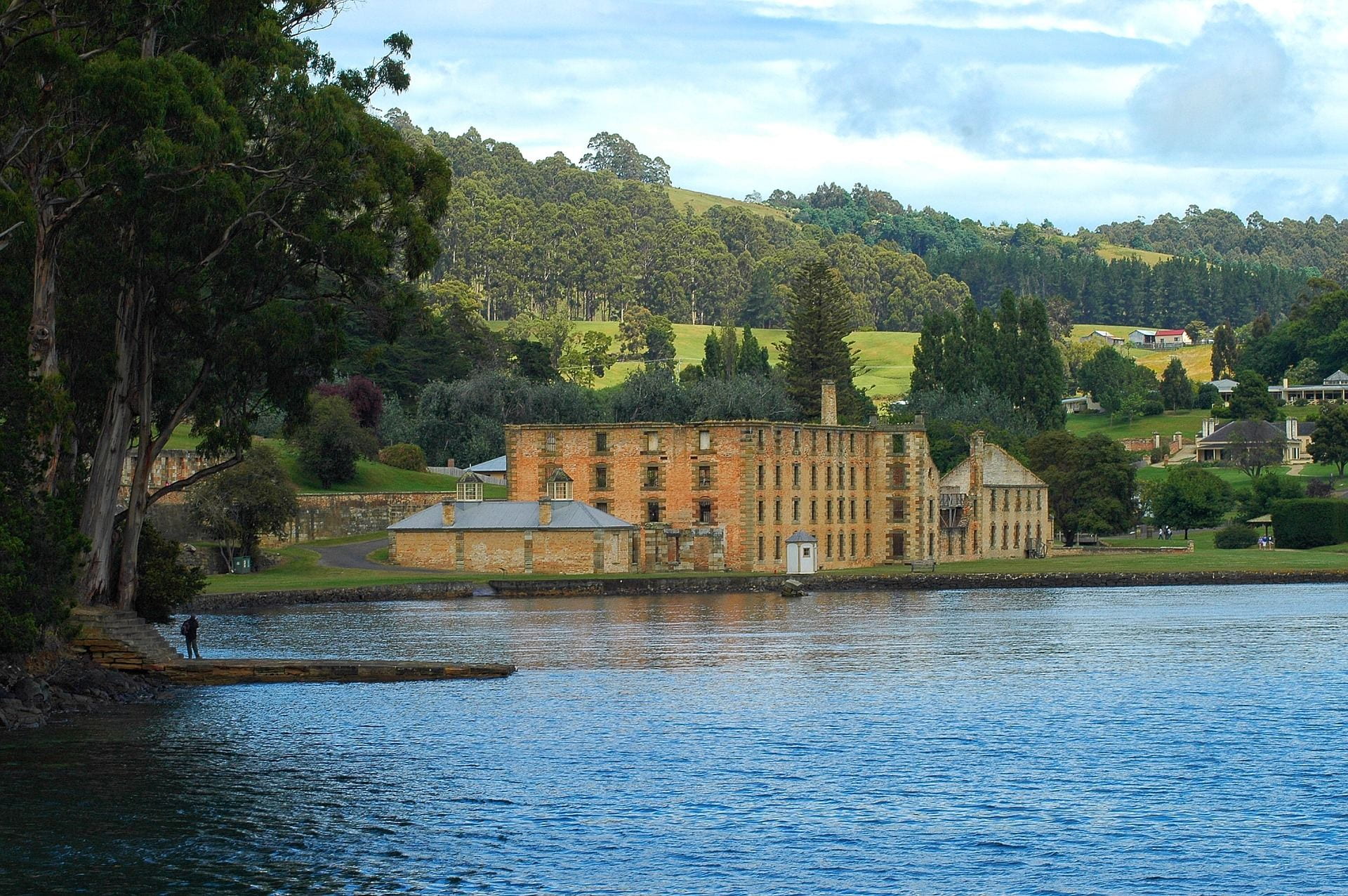Image: The Hobart Convict Penitentiary, a famous relic of Tasmania’s past
A coding system being developed by UNE historians and archaeologists will open new avenues for exploring the people and places of Australia’s past.
Project co-leader UNE Adjunct Professor Hamish Maxwell-Stewart says while Australia currently boasts “some of the most digitised archival collections on the planet”, it remains difficult for family researchers and historians to access and collate the wealth of information available.
“What’s missing is an organisational system to put this information at the fingertips of researchers and the community,” he says.
“The international principles for organising data already exist, in this project we will apply these to Australian content.”
Assisted by funding from the Australian Research Data Commons, the project team will create unique codes for historical places – a kind of retrospective postcode system – that can be applied to all digital records relating to each parish or district, such as Census data, newspaper articles and court records.
A freely accessible website will enable anyone to enter a modern day place name to search the relevant historical codes and related archival material. It will also give the coordinates of each historical district, which can be entered into Google maps to view the location in today’s context.
“The benefit for many people is that they’ll be able to explore the past in much greater detail,” Professor Maxwell-Stewart says.
The UNE team, which also includes Professor Martin Gibbs, will start coding historical Tasmanian locations in the years to 1860 – chosen because it’s a particularly data-rich region with a more contained population – before expanding to New South Wales, where the first focus will be on the Hunter Valley and New England regions.
The mapping website is due to launch by the end of 2021.



Recent Comments